Description
Spinach Bloomsdale Longstanding is one of the finest spinach varieties on the market today with deep green leaves and abundant yields of delicious and nutritious spinach.
This is the spinach preferred by most home and market vegetable growers. It’s a large, spreading spinach that is slow to bolt, doing better in hot weather than most. Good for both baby and mature leaf picking.
Spinach is a cold-hardy, tender-leafed crop. and can be planted in both autumn and early spring in a sunny location in average, well draining soil.
Sow seeds 5 mm deep and compress gently into the soil, and water lightly. Your seedlings will emerge in about 7-14 days, depending on conditions.
Harvest once the leaves your to your desired size. You can harvest the whole plant all at once and cut at the base, or leaves can be picked off one layer at a time.
Keep the plants well-watered during dry periods to help promote growth. If watering with overhead sprinklers, water early in the day so the foliage has time to dry off before evening, to minimize disease problems.
Seed count 300
Find your Climate Zone
Method: Sow direct
| Soil Temp: 10°C - 25°C
|
Cool Mountain: Mar - Sep
| Position: Part sun
|
Arid: Jan - Dec
| Row Spacing: 30cm apart
|
Temperate: Mar - Jul
| Planting Depth: 3mm
|
Sub Tropical: Not recommended
| Harvest: 40 days
|
Tropical: Not recommended
| Plant Height: 30cm
|
Soil Preparation
pH:
- 6.0–7.0 test soil and adjust with lime or sulphur if needed.
Texture:
- Well drained, loamy soil enriched with compost or aged manure.
Drainage:
- Raised beds or mounds in heavy soils to prevent waterlogging.
Planting Seeds
Depth:
Spacing:
- 15 cm between plants, 30 cm between rows.
- Succession Planting: Sow every 2–3 weeks for continuous harvest.
Germination Tips:
- Soak seeds 12–24 hours before planting to improve germination.
- Use shade cloth or mulch in warmer areas to keep soil cool.
Watering
- Keep soil consistently moist but not soggy.
- Water deeply 2–3 times weekly; mulch with straw or sugar cane to retain moisture.
- Avoid overhead watering to reduce disease risk.
Fertilising
- Apply balanced fertiliser at planting.
- Side dress with a nitrogen rich fertiliser 4 weeks after germination.
- Avoid over fertilising to prevent bolting.
Pest & Disease Management
Pests:
- Aphids – Spray with soapy water or neem oil.
- Slugs/Snails – Use beer traps or diatomaceous earth.
- Flea Beetles – Protect with row covers; plant radishes as trap crops.
Diseases:
- Downy Mildew – Ensure good airflow, use copper based fungicides.
- Spinach Blight – Remove infected plants, control aphids.
Harvesting
- Begin harvesting outer leaves when 10–15 cm long (6–8 weeks).
- Pick in the morning for crispness; avoid damaging the crown.
- Regular harvesting delays bolting.
- If bolting occurs, collect seeds or replace plants.
Companion Planting Guide
Good Companions:
- Beans/Peas – Fix nitrogen in soil.
- Strawberries – Low growing, noncompetitive.
- Radishes – Deter leaf miners, act as trap crops.
- Lettuce/Cabbage – Share similar growing conditions.
- Marigolds/Nasturtiums: Repel pests like aphids and nematodes.
Avoid Planting With:
- Potatoes – Compete for nutrients.
- Fennel – Allelopathic; inhibits growth.
Troubleshooting
Bolting:
- Caused by heat/long days.
- Use bolt resistant varieties (e.g., ‘Perpetual Spinach’) and shade cloth.
Yellow Leaves:
- Overwatering or nitrogen deficiency.
- Adjust watering and fertilise.
Container Growing
- Use pots 20–30 cm deep with drainage holes.
- Keep in partial shade during summer.
Crop Rotation
- Avoid planting after beets or chard (same family).
- Rotate with legumes or brassicas.

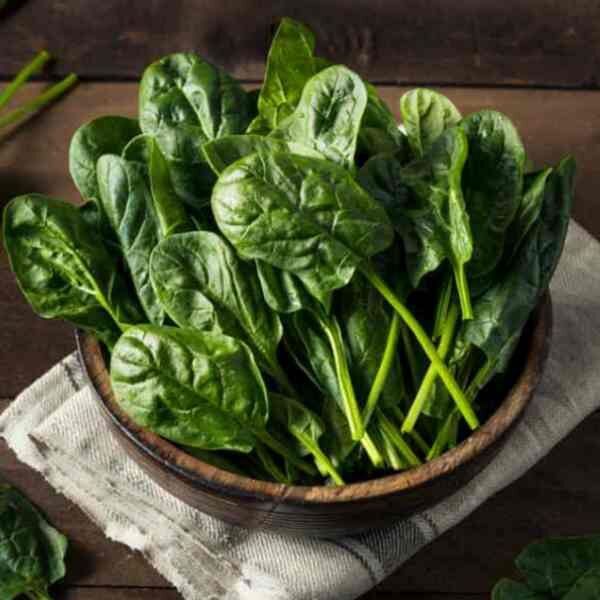



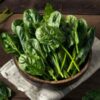
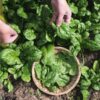

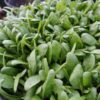

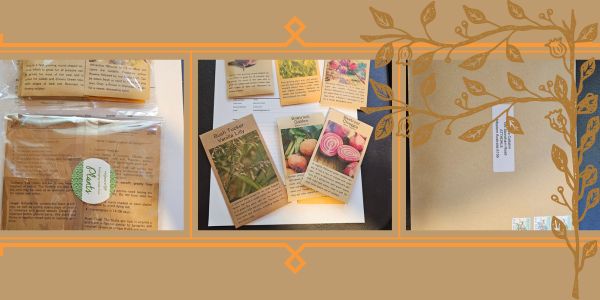
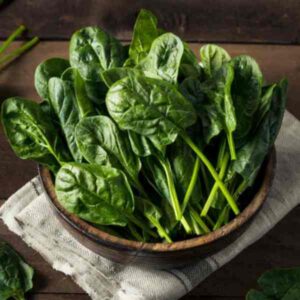
2 reviews for Spinach Bloomsdale Longstanding